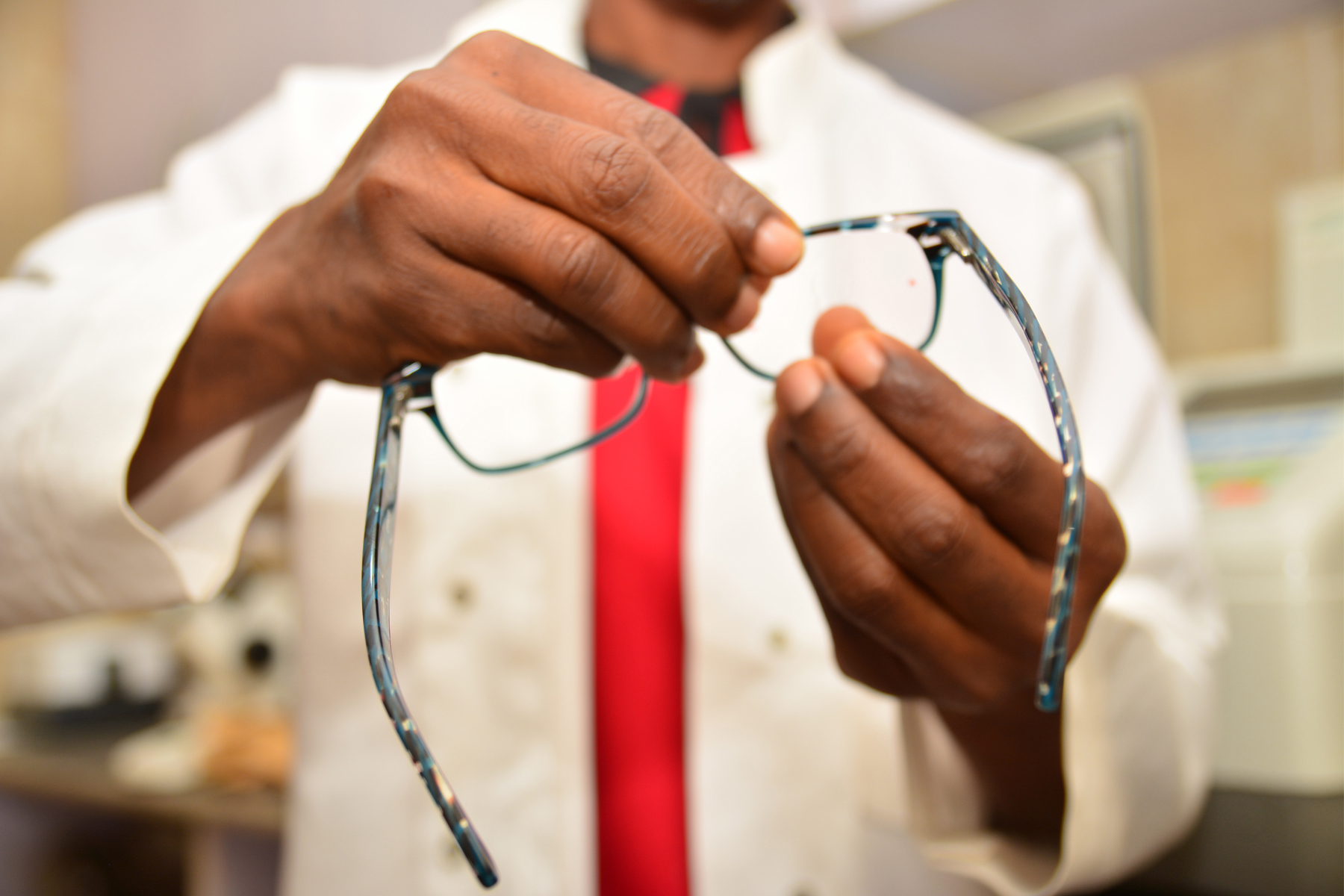
More than 90% of 20-65 year olds use digital devices every day. These handheld devices can be used anywhere from standing on a bus, sitting on a couch or lying in bed, and thus significantly change the way our eyes interact. Essilor’s R&D team set out to study this behavioral shift.
A protocol was created to analyse usage of three types of device: smartphone, tablet computer and ebook reader in seven types of task from searching for weather forecast, reading an email to playing a video game and or watching a video. At Essilor‘s Motion and Vision Science Lab in Paris, infrared cameras were set up to observe the posture of people performing these tasks in three positions: standing, sitting and reclining. Testers aged between 24 and 51 were equipped with retro-reflective markers enabling Essilor researchers to record postural data including distance to the device, eye declination and head declination.
This analysis of postural data discovered a new zone of ultra-near vision. While a natural distance for reading on paper is usually 40cm, on smartphones this distance shrinks to an average of 33cm, and sometimes up to 23cm. Researchers also noted a significant difference in the angle of eye declination in reading on a smartphone compared to traditional media such as newspapers, which was even more marked standing up versus sitting down.
Identifying this new ultra-near vision zone and postural behaviour was critical information for the development of Essilor’s newest range of lenses to better support eye accommodation in digital usage and to protect the eyes from harmful blue light.
